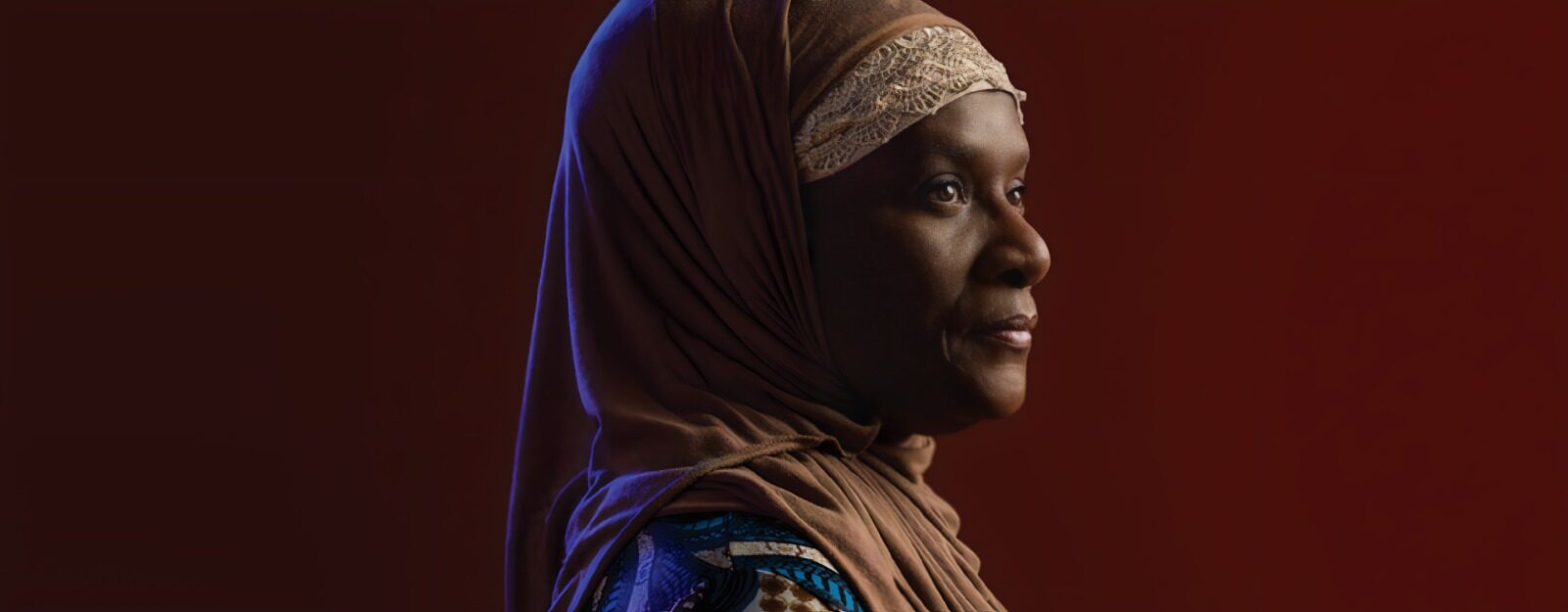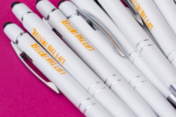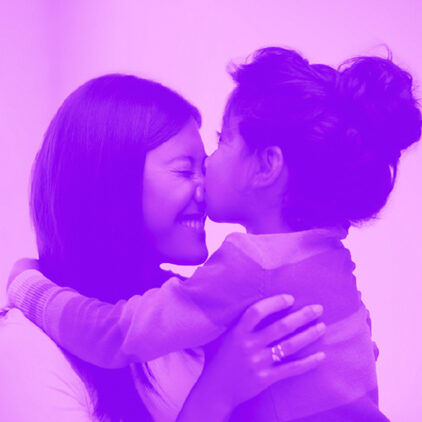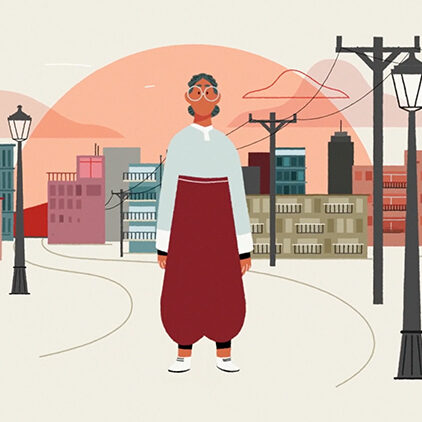Lift The Label
The campaign reaches:
- Loved ones of individuals struggling with an SUD to reduce stigma and improve education around addiction and resources for treatment
- Individuals with an SUD to get them into effective treatment
- Professionals in the medical, behavioral health and law enforcement fields, to reduce stigma and increase understanding of how to treat patients and individuals with an SUD


Challenge:
SUD can affect anyone, regardless of race, age, gender, location, sexual orientation or income. However, after evaluating the campaign’s first year in-market, we saw it fell short of representing all people of Colorado, and knew we needed to evolve to be more equitable.


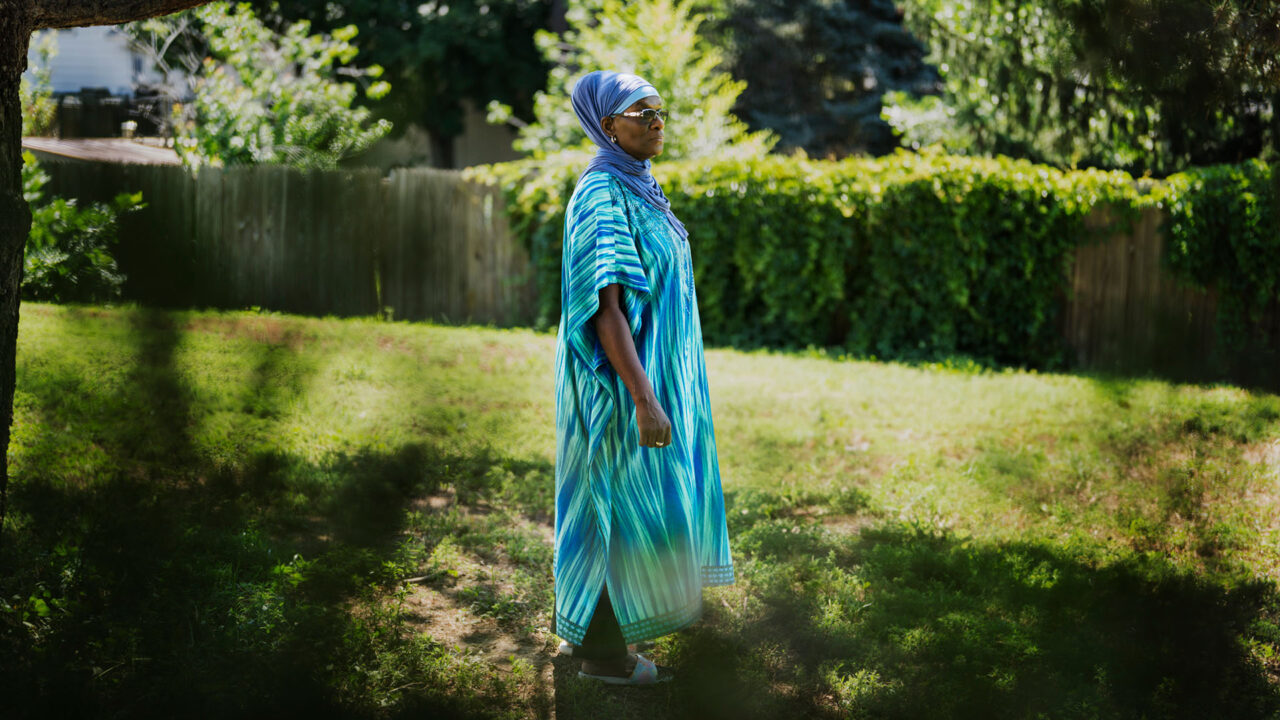
Solution:
We embarked on a multi-year research effort with our priority populations of Black/African American, Hispanic/Latinx, and LGBTQIA+ communities. To evaluate how to best evolve the campaign, we held focus groups and conducted in-depth interviews. As part of a complete rebranding effort, the evolved campaign continued to use storytelling to shed light on the barriers individuals face in seeking treatment while showing that those reasons don’t need to stand in the way of recovery. By utilizing a whole-population approach in the campaign and featuring a diverse group of Coloradans and a diverse set of barriers that were overcome, we showed that recovery is always possible for anyone.
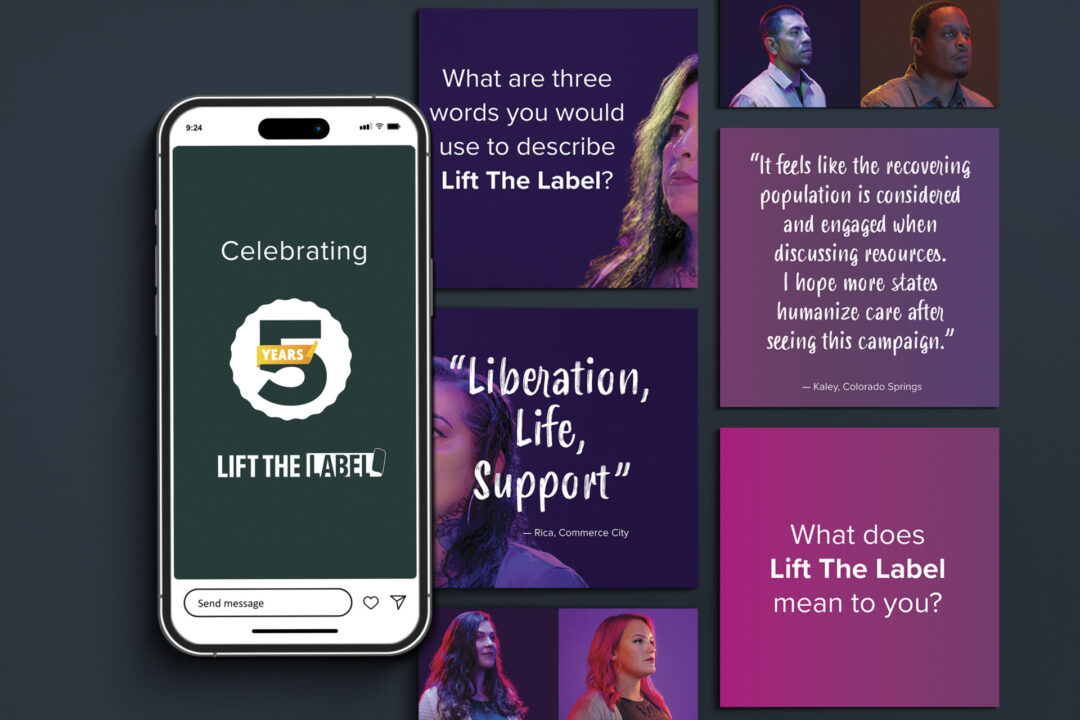

From the beginning, Lift The Label has been wide-reaching across many types of paid media tactics, with strategic targeting by audience and media consumption habits. Hyper-targeted and job-based ads for audiences like Individuals with an SUD and Professionals, and awareness messaging for Loved Ones and Individuals with SUD such as broadcast TV, online video, out-of-home, and more. Paid media is complemented by our earned media and community outreach efforts, with additional focuses on Recovery Cards Project. We intentionally engage with community-based organizations about their needs for resources and to ensure we are incorporating their feedback into our campaign.

Results:
- The evolution of the campaign was extremely well-received by our paid media audiences in the first year of the new campaign, over-delivering on all of our benchmarks and expectations:
- We served nearly 47M impressions, had an average click-thru rate of 1.81%, and had over 12.3M video completions.
- We had incredible organic and direct traffic, netting excellent average session duration times of 7:23 and 5:03, respectively.
- Lift The Label has amassed over 950 million lifetime impressions across paid and social media channels, its websites, and earned media.
- Through the Recovery Cards Project initiative, Lift The Label has distributed over 100,000 greeting cards to individuals seeking recovery, those in recovery, and those supporting someone.
- Lift The Label was cited in an article published by the American Journal of Public Health as an example of how the structural components of stigma can best be addressed in a public health communications campaign.
- The campaign has received extremely positive reception from the recovery community, including both those who work in treatment centers and those in recovery themselves.
